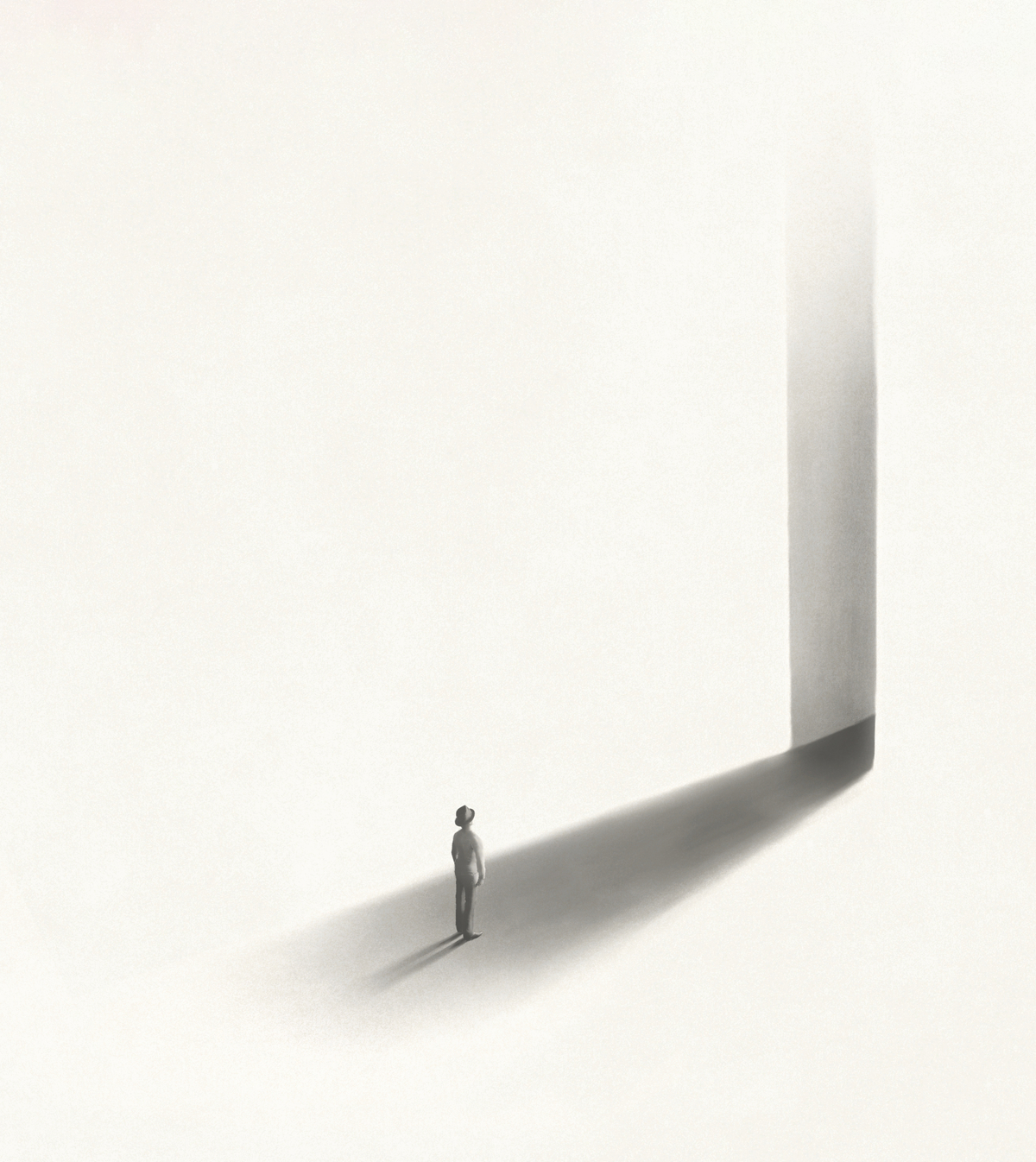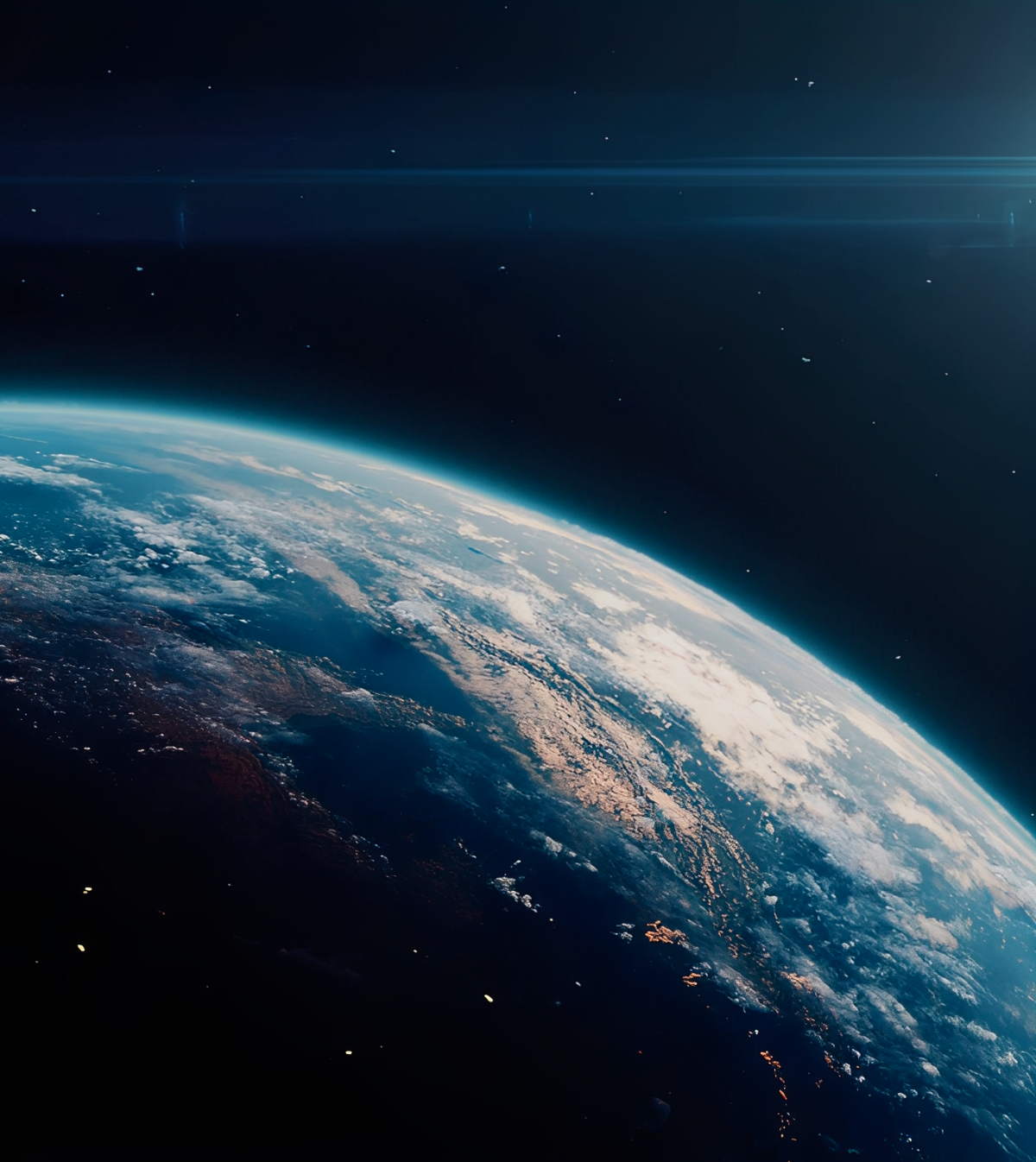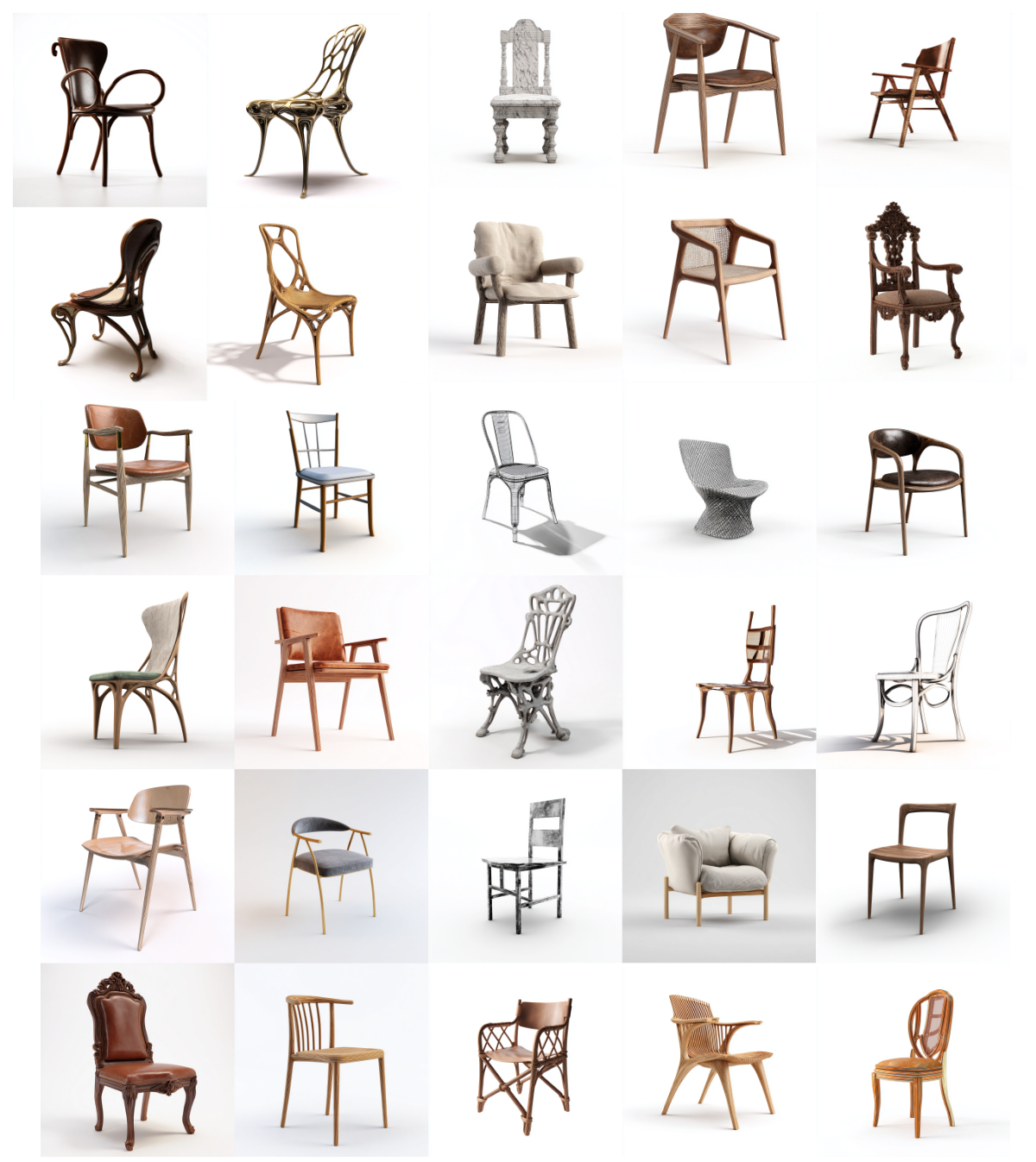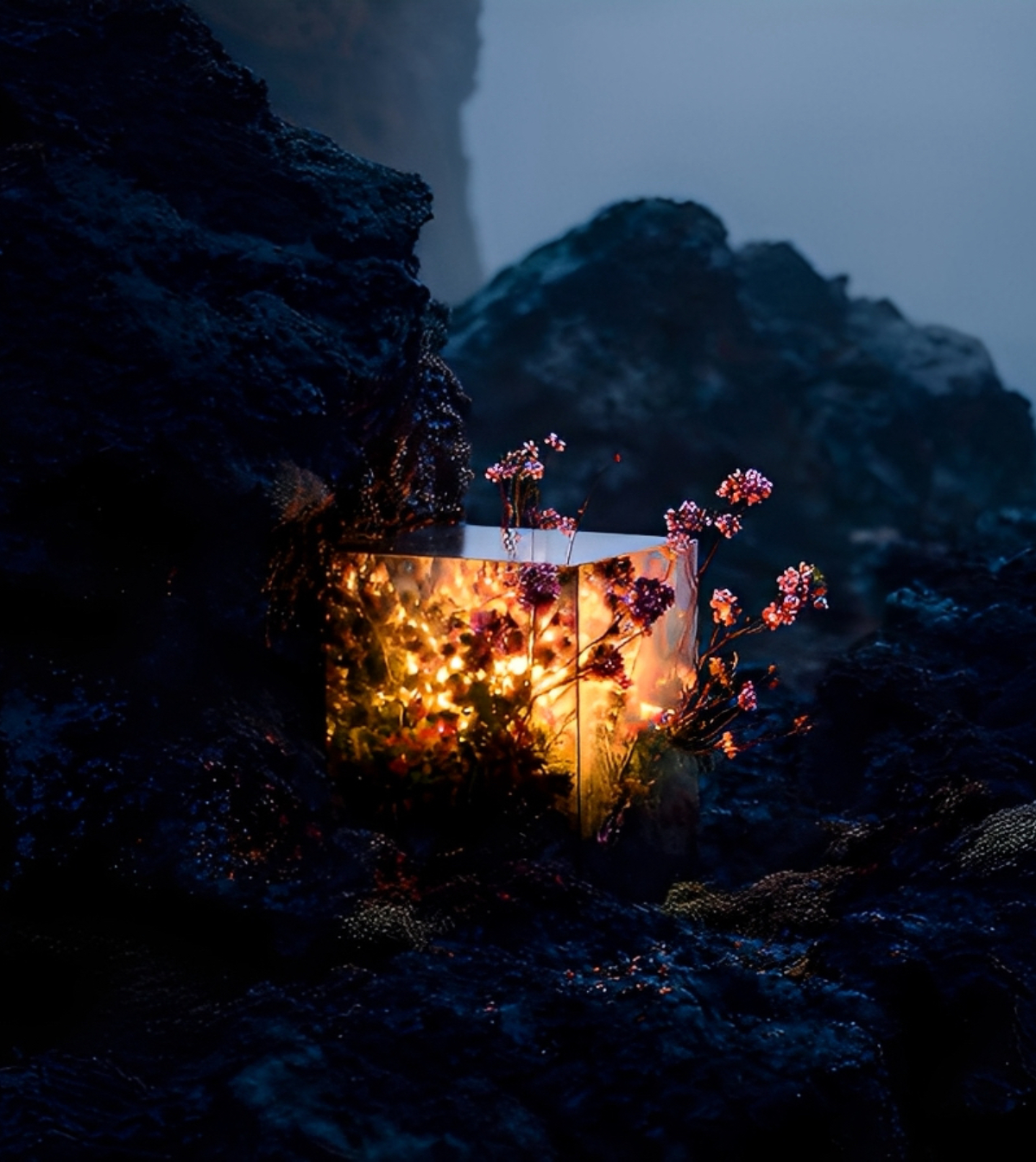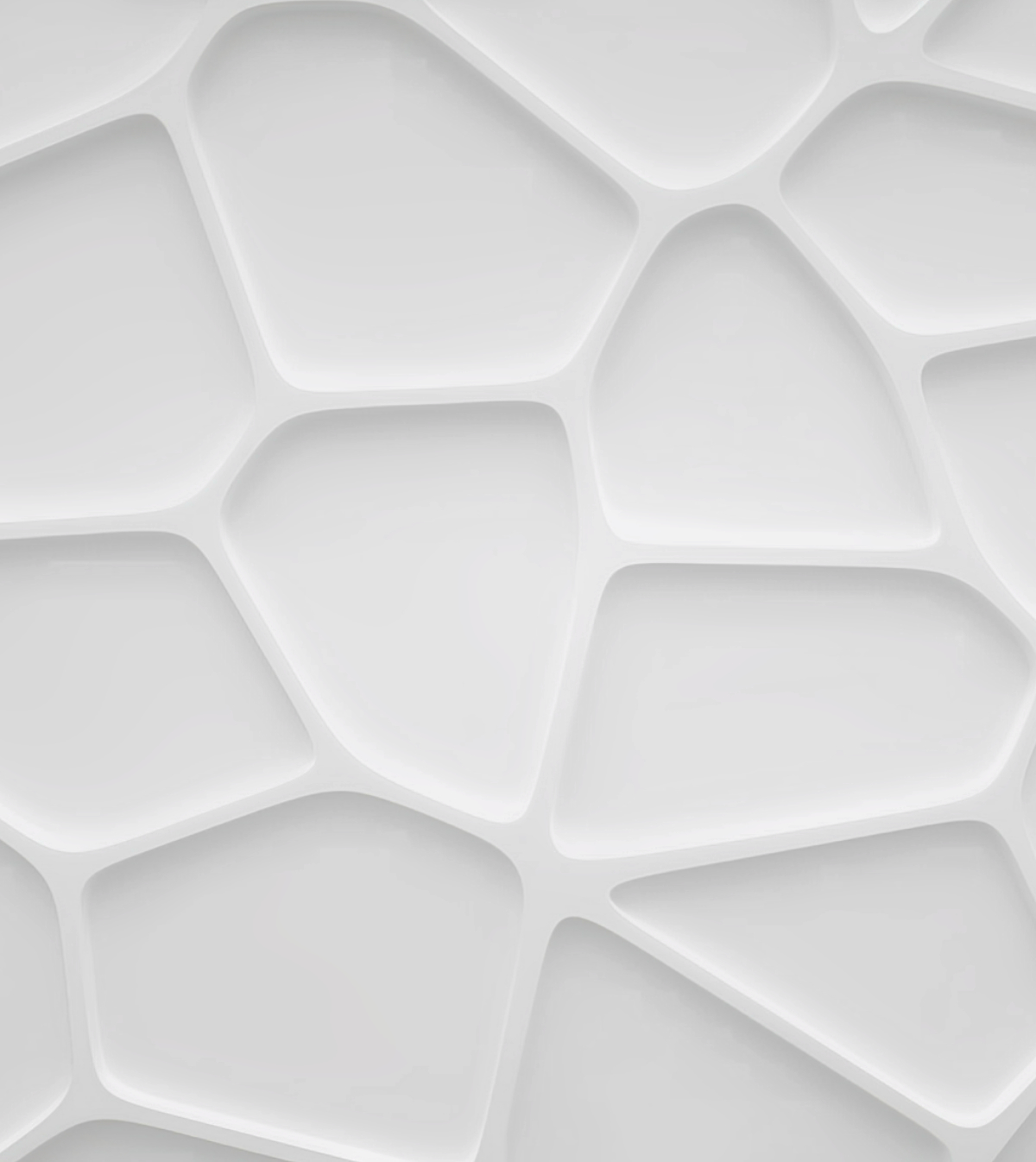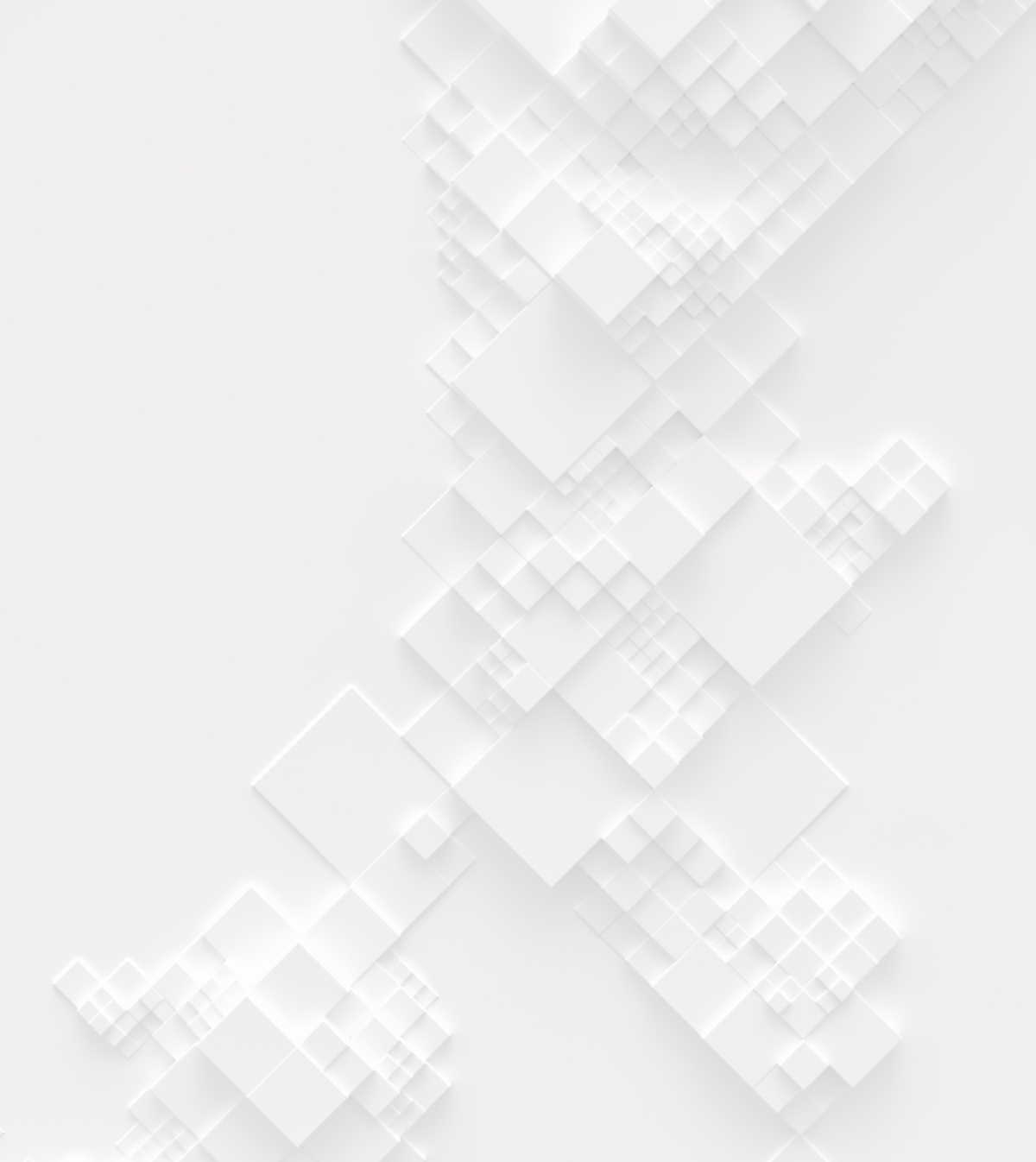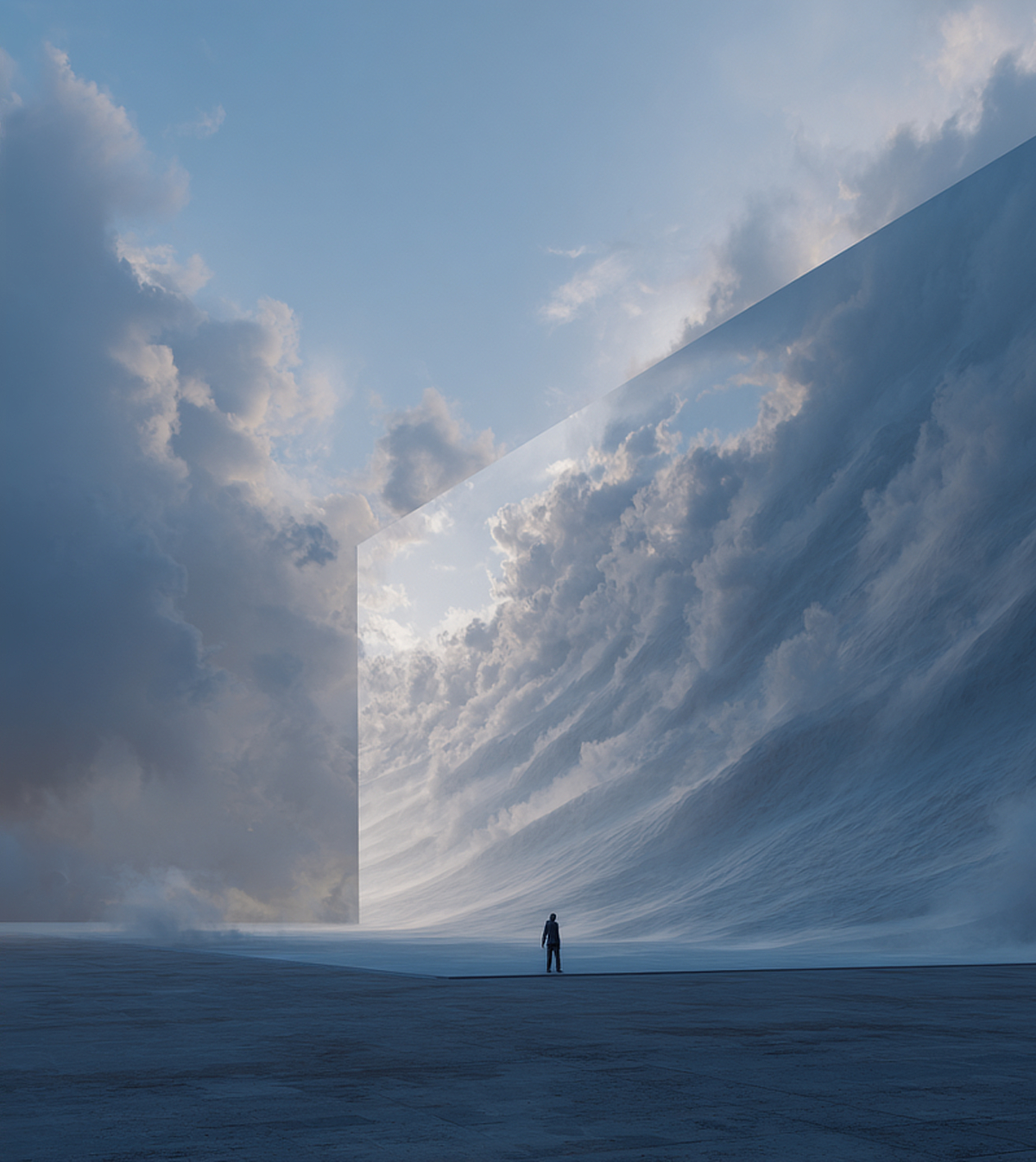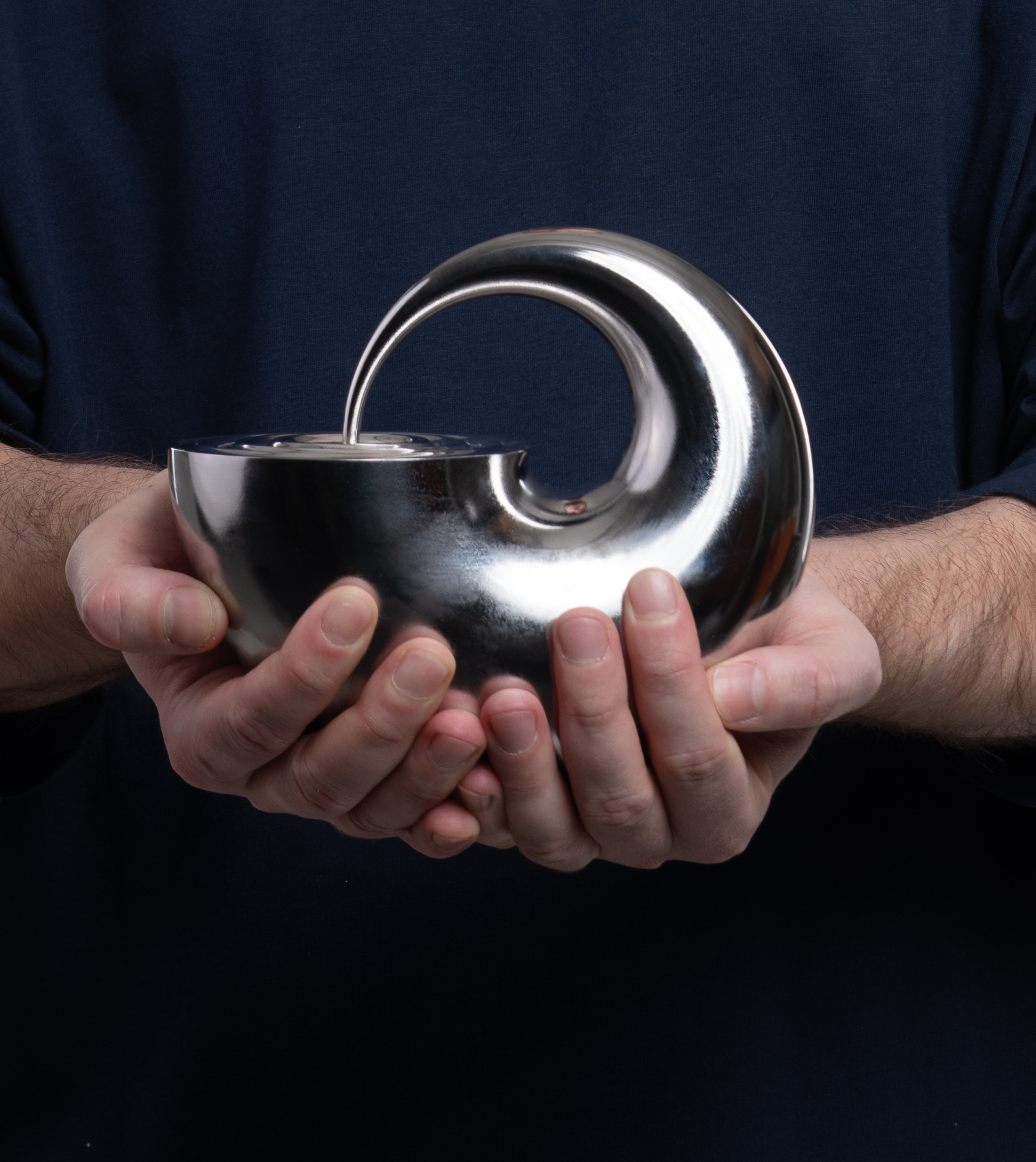Buildner is pleased to announce the jury for the upcoming Virtual Home Annual International Competition!
Xuanru Chen, ZJJZ Atelier
James Delaney, Block by Block Foundation
Víctor Enrich Tarrés, photographer
Samista Jugwanth, Zutari
Krista Kim, artist
Lydia Kallipoliti, ANAcycle thinktank
Balkan Karisman, generative artist
Stephen Pimbley, SPARK Architects
Monika Woźniak, Antireality

Xuanru Chen is a lead architect at Shanghai-based ZJJZ Atelier. ZJJZ’s projects have garnered numerous recognition, such as its Woodhouse Hotel being listed as one of the top 10 Chinese architecture projects by Dezeen in 2019.

James Delaney is the Chairman of the Block by Block Foundation, a non-profit partnership between UNHabitat, Mojang and Microsoft which uses Minecraft as a community participation tool in urban design. James is also the founder and Managing Director of BlockWorks, an international design studio which has pioneered the use of Minecraft as a design tool for creating immersive digital experiences.

Víctor Enrich Tarrés is a Barcelona-based photographer and artist. He explores the connections between the digital and the non-digital worlds resulting in a body of work that spans from realism to abstract and impressionism. His goal itself is not to work on a single style but to enhance all the possibilities available by combining a different set of tools. To generate his work, be it digital or not, Víctor Tarrés uses a state of the art technique that combines digital photography, scripting and algorithmic calculation.

Samista Jugwanth has over twelve years’ experience in engineering design (in public infrastructure, commercial and industrial projects), project management and construction management in Africa. She is currently an Associate and shareholder at Zutari, which in 2020 was ranked first in the Top 225 International Design Firm Rankings for Africa by ENR. Samista strongly believes that for infrastructure development to be effective, designs should be human centred. Design is not a linear process, but interactive and must be developed through engagement and inclusion of environmental, economic and social aspects.

Krista Kim is a contemporary artist and founder of the Techism movement (2014), whose work explores the concept of the digital consciousness. Her interest in digital technology and its revolutionary effects on human perception, media, social structures, and communication had led her to work in both digital and physical realms. Having developed her signature language of shifting gradients using digital software since 2012, her works on glass and plexi hypnotize its viewers into a trance of tranquility while her video works provide meditative experiences of color and light. Most recently in 2020, during the Coronavirus lockdown, Kim continued to explore the creative potential to utilize screens as digital instruments of well-being by creating 'Mars House': a completely virtual environment using her digital zen philosophy as the first “Metaverse home” for sale as an NFT in history in March, 2021. The piece received global acclaim and in March 2021 was the highest-grossing sale on an NFT on SuperRare. In 2014, as a response to society's over-reliance on technology, she started the Techism Movement, a philosophy that recognizes technological innovation as an artistic discipline, encouraging artists to promote digital humanism for our digital culture.
Krista Kim was chosen by Louis Vuitton as a #Louis200 visionary in celebration of Louis’ 200th birthday; Top 30 Most Influential People of the Metaverse by Read and Write Magazine; Architectural Digest AD100, NFTy50 by Fortune Magazine. Kim made an iconic collaboration with Lanvin in 2018. In 2021, Kim collaborated with Mercedes Benz EQS and she was part of the “Proof of Art” exhibition at Francisco Carolinum Museum (Linz, Austria). Kim was creative director for the Utah Jazz NBA Team, “JazzXR” campaign, the first Sports Team Metaverse NFT in history. She was also in a curated auction by Steve Aoki at Sotheby’s and a curated auction for Christie’s by nftnow. Mars House is exhibited at the Hermitage State Museum, “Ethereal Aether” in 2021.
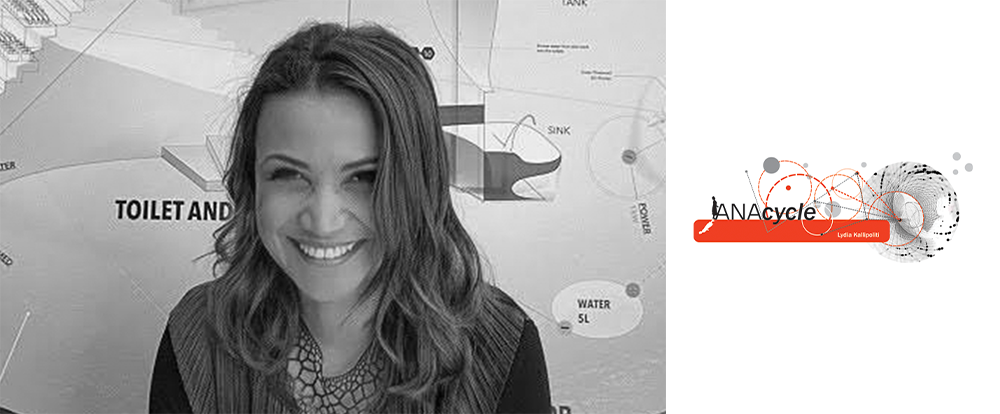
Lydia Kallipoliti is an architect, engineer, scholar and an Assistant Professor at the Cooper Union in New York. She is the author of The Architecture of Closed Worlds (2018), the editor of EcoRedux; Design Remedies for an Ailing Planet (AD 2011) and the Head Curator of the upcoming Tallinn Architecture Biennale. She holds a SMArchS from MIT and a PhD from Princeton University. Kallipoliti has previously taught at Rensselaer Polytechnic Institute, Syracuse University and Columbia University. She is the principal of ANAcycle thinktank.

Balkan Karisman is a generative artist with a CG background who has been feeding himself with urban culture, glitch art, and futurism. He tries to challenge the mediums to meet analog and cyber, past and future, real and surreal. He believes that every asset around is natural, and already is a muse as well as an instrument to create. In his works, he asks the what-if questions about life and surroundings.
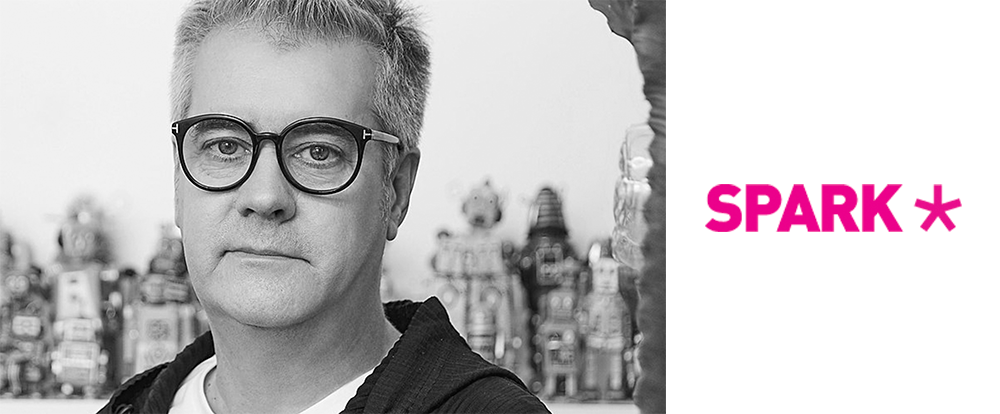
Stephen Pimbley is a British architect based in Singapore and is the founding director of SPARK Architects. SPARK has developed an easily transportable 3d printed toilet module in support of the UN initiative to combat open defecation and the associated issues of hygiene and sanitation in India. SPARK’s concept converts human waste into biogas and via a micro combined heat and power unit, converts the biogas into electricity.

Monika Woźniak is an architect and 3d designer from Poland. She gained educational and professional experience in Poland, Denmark, Switzerland and Norway. In 2018 she decided to combine her passion for architecture and visualization and started her personal project called Antireality. "In my works, I like touching upon subjects focused on exploring boundaries between architecture and nature, ways in which they could be integrated, and also seeking geometric-spatial correlation existing in nature. My main goal was to create a world whose narration would be based on an architectural journey across the land of imagination. The reality I have created is founded on seeking unconventional architectural-spatial situations, that often oscillate between reality and dream.
The Virtual Home competition is the first in the Buildner Virtual Architecture competition series focusing on virtual space creation. Architects and designers are being asked to create the concept of a virtual home. Without any physical limits, what other important considerations would need to be made? Are there artificial constraints that are necessary in order for a virtual home to feel familiar and comfortable? In what context would you choose to place your virtual home?
Top 3 Reasons Why You Should Enter Architecture Competitions
Curious about the value of architecture competitions? Discover the transformative power they can have on your career - from igniting creativity and turning designs into reality, to gaining international recognition.
Learn more

